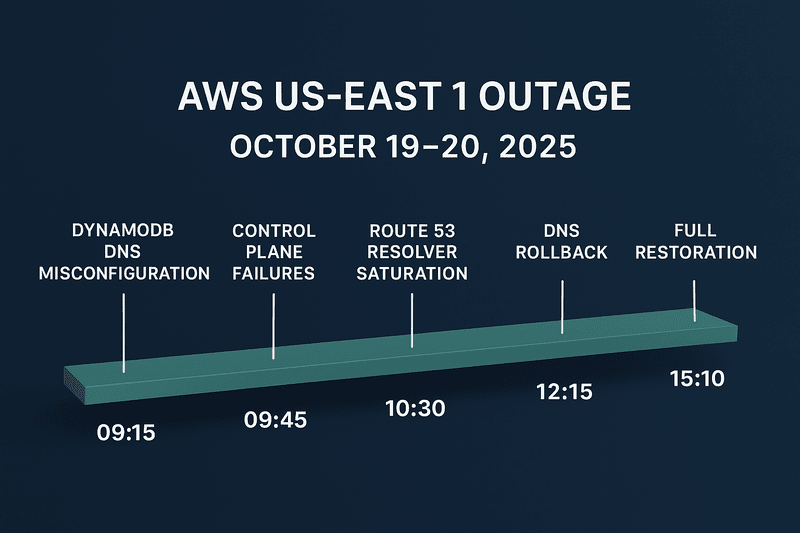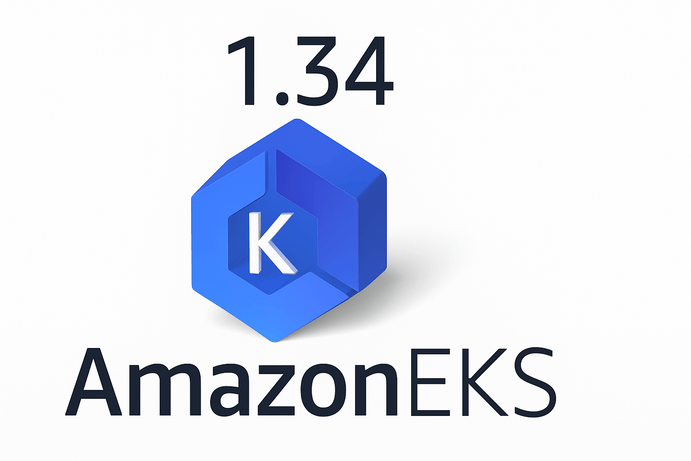Amazon Elastic Container Service (Amazon ECS) has taken another major step forward in simplifying modern application delivery. With the recent addition of linear and canary deployment strategies, developers and DevOps teams now have more precise control over how new application versions are released into production. These strategies complement ECS’s existing blue/green deployments, making it easier to minimize risk and ensure smooth rollouts.
Understanding Deployment Strategies in ECS
Traditionally, Amazon ECS supported blue/green deployments through integrations with AWS CodeDeploy. This method involves running two separate environments – one stable (blue) and one new (green) – and switching traffic from blue to green once the new version is validated.
Now, ECS expands its capabilities with linear and canary deployments, offering a gradual and controlled approach to releasing updates.
Linear Deployments: Gradual and Predictable Rollouts
A linear deployment strategy progressively shifts traffic from the current service revision to the new one in equal increments over a defined period. For example:
- You might configure ECS to shift 10% of traffic every 5 minutes.
- After each shift, ECS waits for a bake time (a monitoring window) to ensure the new version behaves as expected.
- If any issues arise, ECS can roll back to the previous version before more traffic moves over.
This approach allows for incremental validation and significantly reduces the risk of full-scale outages.
Ideal for: Applications with steady traffic patterns and teams that prefer structured validation at each stage of deployment.
Canary Deployments: Testing the Waters Safely
In contrast, canary deployments send a small portion of production traffic to the new version initially. This small sample of users serves as a “canary in the coal mine” – helping you gauge the performance and stability of your update in real-world conditions.
- You can route, for instance, 5% of traffic to the new service revision.
- ECS observes this canary phase for a bake time period.
- If no alarms are triggered and performance metrics look good, ECS gradually shifts the remaining 95% of traffic to the new version.
Ideal for: High-traffic production environments and applications with critical uptime requirements.
Built-In Rollback and Validation Controls
Both linear and canary strategies include robust rollback and validation features:
- Deployment bake time: ECS waits after the final traffic shift to confirm stability before decommissioning the old version.
- Lifecycle hooks: You can insert custom validation logic or health checks during deployment stages.
- Amazon CloudWatch alarms: ECS can automatically detect performance degradation or errors and trigger immediate rollbacks.
This ensures that even complex deployments can maintain zero downtime and high reliability.
Why This Matters for DevOps Teams
These new deployment strategies enhance ECS’s value for containerized workloads in production. They:
- Reduce deployment risks and downtime.
- Allow progressive validation of new versions.
- Provide more automation and control over traffic routing.
- Integrate seamlessly with AWS observability and monitoring tools.
For organizations running mission-critical workloads on ECS, this means safer releases, faster recovery from issues, and a smoother user experience.
Conclusion
With the addition of linear and Canary deployments, Amazon ECS continues to empower DevOps teams to deploy with confidence. Whether you’re looking for slow, steady rollouts or quick canary validations, ECS gives you the tools to optimize risk and speed for every release.







